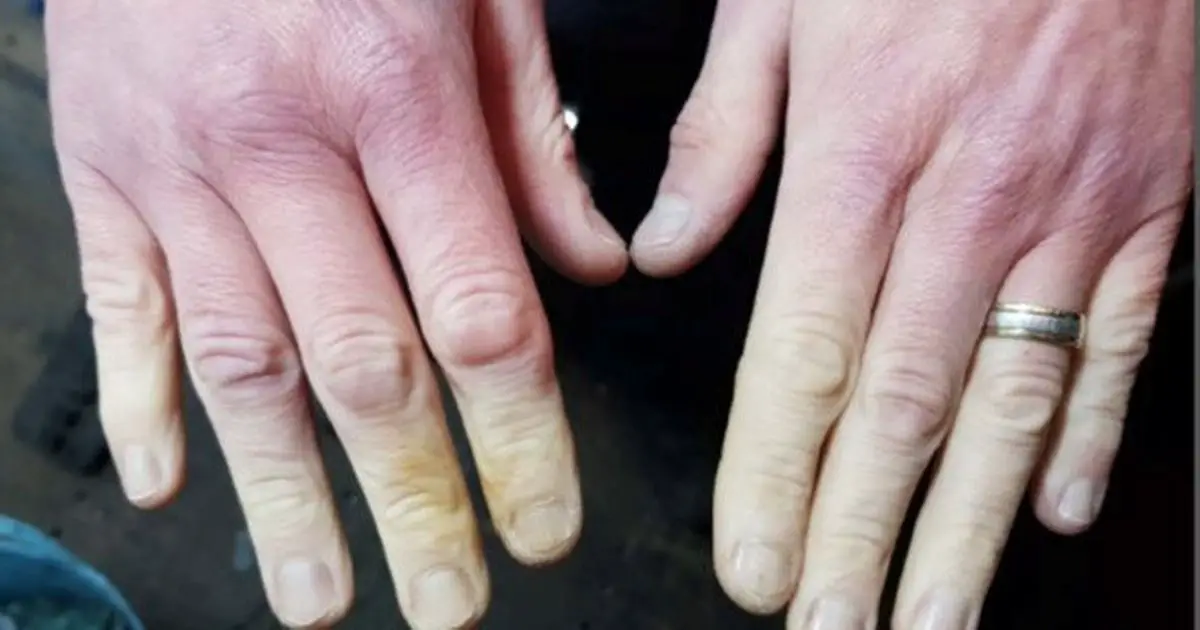There may be over 10 million individuals in the UK who are suffering from Raynaud’s disease, many of whom do not even know they are living with it.
Cold extremities, particularly in the winter are normally nothing to worry about, but for 20 percent of the population, freezing fingers and toes could result in them changing colour.
The charity Scleroderma and Raynaud’s UK (SRUK) says around half of adults don’t know any of the signs of Raynaud’s and could be living with preventable symptoms that can be eased by treatment.
chief executive of SRUK, Sue Farrington has said : “Simple activities like reaching for something out of the freezer, or even small changes in the weather can set off painful attacks. Unfortunately, we know many people are likely to brush off symptoms and don’t seek help from their GP.”
February is Raynaud’s Awareness Month and this year its aim is to highlight the importance of not dismissing symptoms and instead, visit a doctor.
What is Raynaud’s?
Raynaud’s is a condition in which smaller veins that supply blood around your body become narrow and spasm, causing limited blood flow to your extremities.
The condition is caused by the cold, anxiety or stress and typically impacts your fingers and toes.
However, some find their ears, nose, lips and nipples are also affected.
Raynaud’s can be triggered by taking certain medicines and/or operating vibrating machinery for a long time.
Symptoms of Raynaud’s
Raynaud’s symptoms may last from a few minutes to as long as a few hours.
the NHS states common symptoms as:
- Pain in affected area
- Extremities changing color to a lighter tone or turning blue
- number
- Pins and needles
- Difficulty moving extremities
If symptoms impact your day to day life, please contact your health provider.
How to prevent Raynaud’s
National Health Service guidance highlights these tips for avoiding Raynaud’s:
-
Exercise regularly – this helps improve circulation
-
Try breathing exercises or yoga to help you relax
-
Eat a healthy, balanced diet
Avoid
